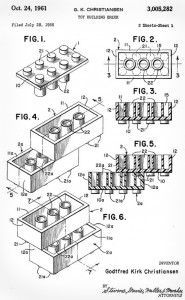The U.S. Patent Office’s Manual of Patent Examining Procedure (“MPEP”) states that drawings, schematics, and figures are required for most patent applications. Such an attachment is required whenever the invention is capable of illustration by way of a drawing. Schematics or figures can also help explain the invention. An example of a type of invention which would not require an illustration would be a chemical composition, which would be difficult to illustrate. Even if you do not think an illustration will be “required,“ you should do your best to include at least one whenever possible, because they offer multiple benefits:
1.Images serve as references for a detailed description. Most patent applications include several drawing pages, including various views of the invention. By referring to your figures, you can compose as detailed a description of the various parts and how they are connected to one another as possible. A more detailed description increases the chances of your patent getting approved.
2.Accurate and precise figures remove ambiguity from your claims. This helps patent examiners to understand your invention better during the prosecution process and makes it more complicated for infringers to copy your invention.
3.Clear drawings are helpful for infringement cases. These illustrations will help instruct judges and juries if somebody infringes your patent.
It is very important to obtain your patent drawings from a professional patent illustrator (draftsman), either directly or through your attorney, because the Patent Office has multiple requirements for these illustrations, which a draftsman will be familiar with. It is highly recommended to submit drawings with both provisional and non-provisional patent applications.




